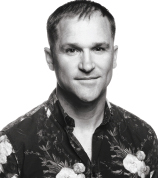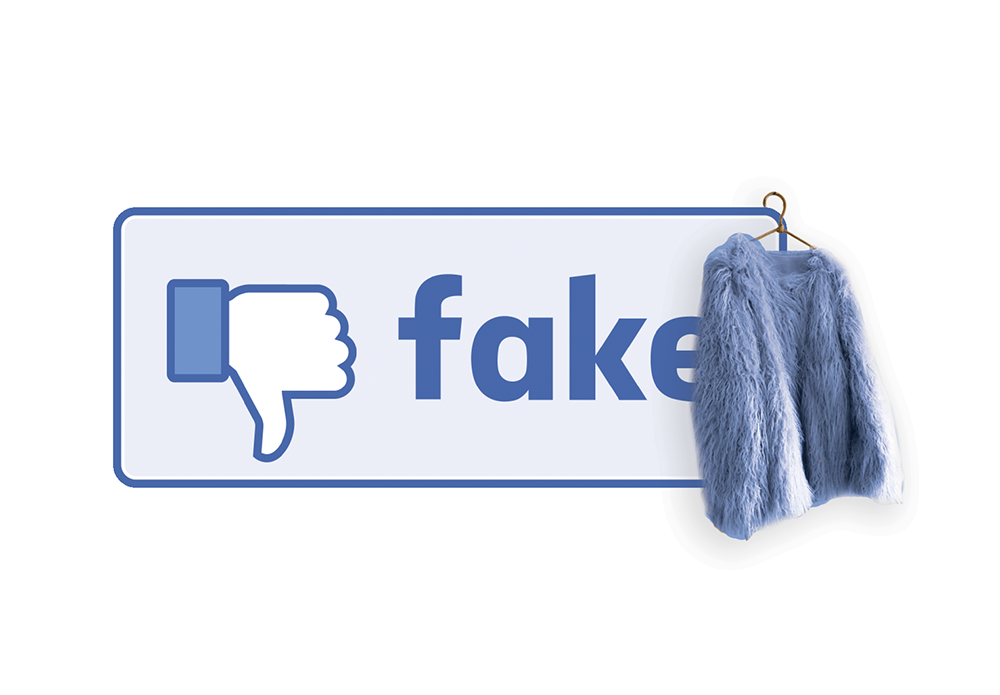
Act like a human. It doesn’t sound so hard but for brands (and Mark Zuckerberg) acting like a human is one of the biggest challenges, writes John O’Shaughnessy.
We hear a lot about brands becoming more ‘authentic’ but how do we even begin to create authentically human brands?
Authenticity without integrity cannot exist. It’s tempting to jump on board a cultural trend but cause marketing is beginning to feel a little formulaic. Consumers are also becoming increasingly sceptical of brands that clumsily appropriate causes & beliefs into their marketing mix with little return for the actual cause. No matter how many good intentions you throw at it, it’ll still resemble the marketing equivalent of Steve Buscemi arriving into school with a skateboard.
I’m thinking for example of the later Dove campaigns that felt predictable and faux-inspirational when compared to the original Campaign for Real Beauty campaign. And we won’t even mention the Pepsi and Kendall car crash. So if a can of soda can’t heal global racial tensions, what can it do? Sometimes the answers can be found in the sweet spot of careful social listening, understanding consumer insights & needs and an honest look at the brand role in the marketplace. Keeping honest with your brand role should help avoid the urge to jump on a completely unaligned social responsibility platform. I loved Ariel’s #ShareALoad campaign which perfectly amalgamates brand purpose, data and consumer needs. Launched in India, the campaign centred around gender equality in the home asking a simple question – why is laundry only a woman’s job in Indian homes?
A report in the US by Cohn & Wolfe last year listed Amazon, Apple and Microsoft as the three most authentic brands. The survey ranked 1,400 brands under three attributes that according to the report create authenticity: reliability, reality and respectfulness. With Amazon sitting on top, it’s interesting to note that heritage of the brand wasn’t a key authenticity factor. Rather it seems that consistently bridging the gap between brand expectation and the consumer reality is the main driver.
Patagonia has been a consistent pioneer in the world of authentic brands by putting words into action at every level of the organisation. From their first ‘don’t buy this jacket’ campaign back in 2011, they’ve carved a clear path that has never felt opportunistic. Not only have they created a clear brand positioning for themselves, they’ve also spawned a slew of copycat campaigns. Purpose driven marketing as a route to authenticity is in serious danger of becoming just another marketing cliché.
Patagonia has been a consistent pioneer in the world of authentic brands by putting words into action at every level of the organisation. From their first ‘don’t buy this jacket’ campaign back in 2011, they’ve carved a clear path that has never felt opportunistic.
Technology has created a world where the individual has becoming radically less private. From the eating, socialising and exercise habits of our work colleagues on Instagram to the political leanings of vague acquaintances on Twitter. Showing our warts and all (or a least a version of reality known as ‘managed transparency’) has suddenly become an incredibly human characteristic. The most exciting, loved brands are pushing beyond safe and comfortable corporate communications – to somewhere new that may at first feel even a little uncomfortable to their audience.
Getting out of our safe zone and helping a brand to become ‘imperfectly human’ vulnerability does carry risk. For agencies and clients to manage that risk there needs to be a big investment in trust from both sides. Maybe we even need to cast aside the traditional client / agency relationship to something more closely resembling ‘human to human’. Frank, candid debate and an atmosphere of healthy disagreement and diversity of thought is crucial if we want to achieve more refreshingly human communication.
John O’Shaughnessy, Creative Director, Verve
First published in Irish Marketing Journal (IMJ July/August 2018)© to order back issues please call 016611660





















